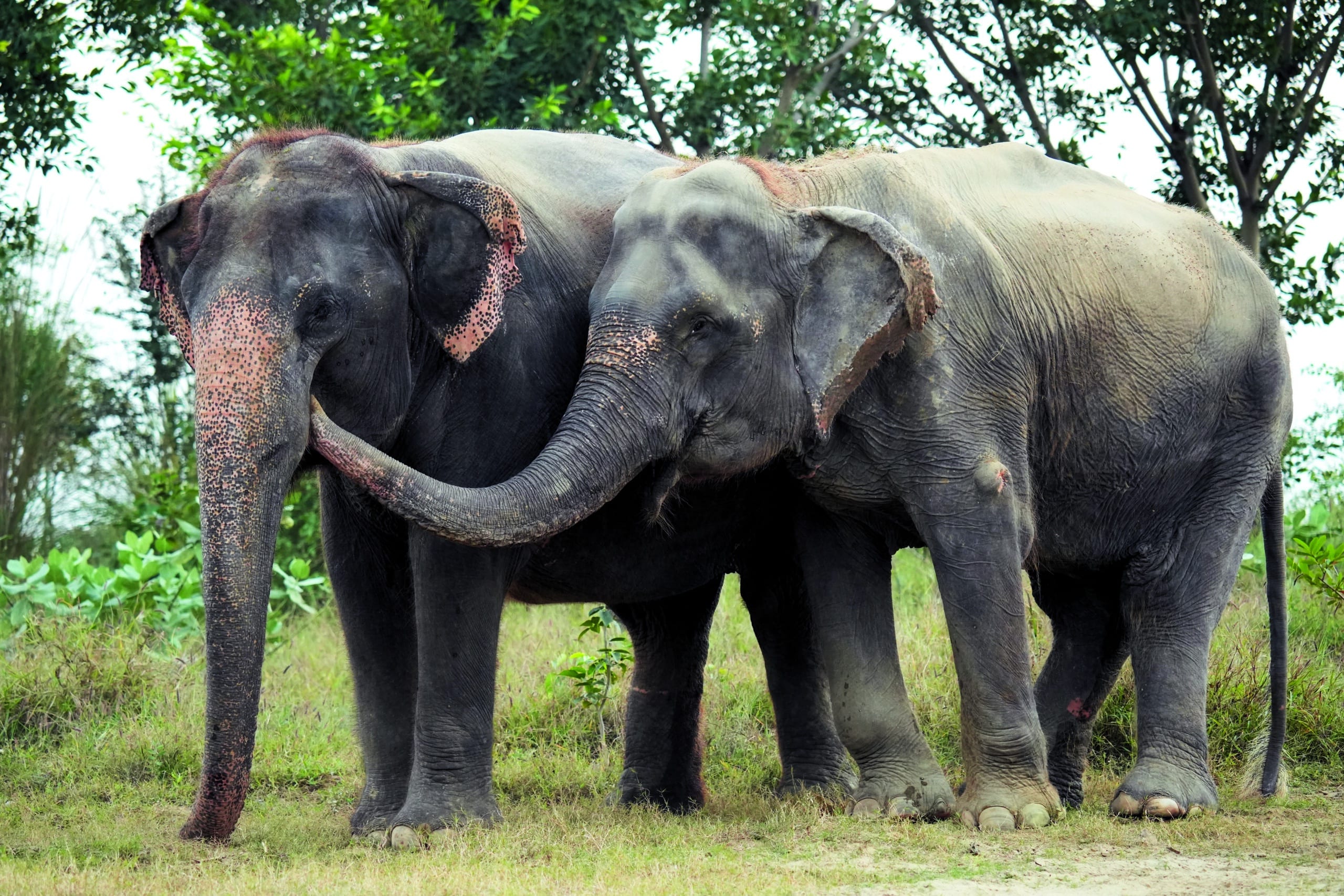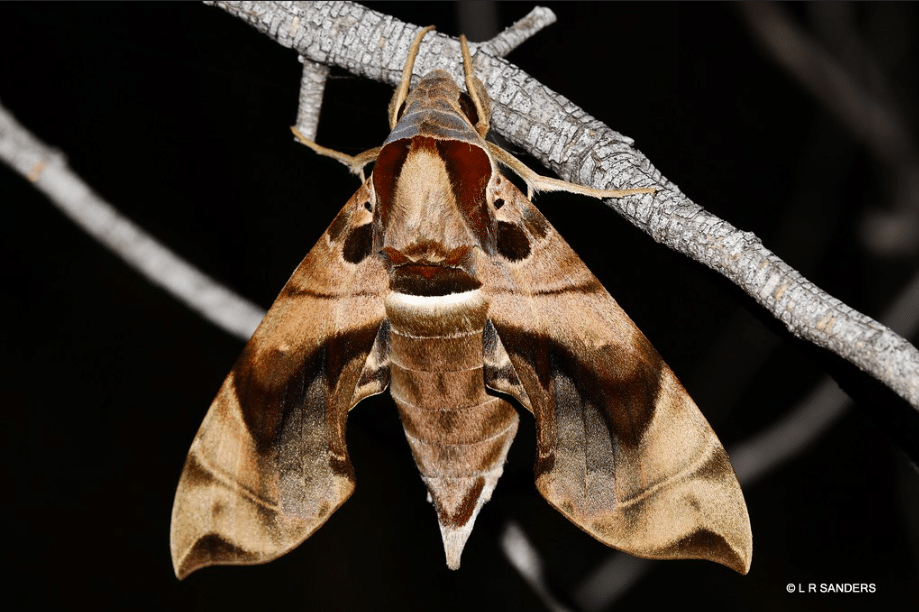You might remember Kalpana—I am happy to report that this year she celebrates her fifth rescue anniversary at Wildlife SOS. Formerly exploited and abused as a ‘begging’ elephant in Uttar Pradesh, Kalpana was rescued in 2019 and brought to the Wildlife SOS Elephant Hospital Campus (EHC) in Mathura for comprehensive...
Humane Society International (HSI) is proud to announce the distribution of more than $1 million in grants from our disaster relief fund to wildlife carers impacted by the 2019-2020 Black Summer bushfires and other disaster events across Australia. Images and B-Roll are available here.
The grants have saved thousands of native animals and helped wildlife carers, who always give so much of themselves, get through one of the worst disasters on record. HSI commenced the program at the height of the emergency at the end of 2019 providing water stations and supplementary food and medicines for koalas, wombats, possums, kangaroos, wallabies and many other animals burnt and displaced in the fires.
The grants have also helped wildlife carers prepare for future disasters through funding the construction of emergency triage centres, upgrading existing facilities to be more fire-proof, conservation fencing for threatened species habitat, and the establishment of Crisis Containers which can dispense emergency supplies in future disasters.
“The impacts of droughts and fires on wildlife over the last few years have been immense, and the volunteer wildlife carers we rely on to be there for injured and orphaned animals have been pushed to the brink. These dedicated people put the needs of wildlife in front of their own every day and we owe them a great debt. HSI donors were fast to respond during the Black Summer and we were able to provide immediate assistance when it was most needed as well as help with longer-term projects to improve disaster resilience,” said Evan Quartermain, HSI Head of Programs and Disaster Response.
The 2019-2020 Black Summer bushfires affected more than three billion animals and destroyed 24 million hectares of habitat. Wildlife carers, who are often volunteers and receive little government support, were quickly overwhelmed by the number of animals in need of help.
One of the first to receive an HSI emergency grant were Judi and Brendon Gray of Toowoomba Koala and Wildlife Rescue, who needed to build an emergency koala rehabilitation enclosure to deal with the victims at their WIldlife Land Trust sanctuary ‘Jarowair’ in southeast Queensland in November 2019.
“As our enclosures were already at capacity with other koalas we were looking after from the drought, we had to scramble to organise extra housing. When we received a phone call from Evan to check on how we were going and see what HSI might be able to do to help, the timing couldn’t have been better. In no time we had the materials for new koala enclosures that Brendon had designed. We were blown away and are so grateful—up until the bushfires, our wildlife work had always been completely self-funded, and without the help we received these koalas would have faced an uncertain future.”
HSI also provided funding for the establishment of “Crisis Containers” containing stocks of supplementary milk, wildlife food, vet wraps, pet carriers, bottles and teats to Tania Leahy of North East Victoria Animal Aid (NEVAA). These Crisis Containers allowed NEVAA to acquire, store and distribute urgent provisions to 50 wildlife shelters and more than 150 carers during the Black Summer bushfires, with many more supplies stocked in preparation for future disaster events.
“The funding HSI provided for our Crisis Containers has made such a difference to the bushfire impacted wildlife of North East Victoria. With it we were able to get emergency supplies out to overwhelmed wildlife carers rescuing everything from kangaroos to kookaburras as soon as the fires hit, and now we’re focusing on making sure we’re never caught unprepared again.”
HSI also commissioned a report, Safeguarding Australia’s Wildlife, released in late 2020, into the lack of support for wildlife rescuers during the 2019-2020 Black Summer bushfires. The report makes twelve recommendations to help improve the rescue and care of wildlife during future disasters.
“It’s imperative we learn from the dreadful experience that was the Black Summer fires, we can’t let that suffering be in vain. There will inevitably be more disasters, this is our chance to prepare by supporting the volunteer sector we rely on and ensuring wildlife and places of significant natural or cultural significance are prioritised in emergency response planning,” said Mr Quartermain.
Safeguarding Australia’s Wildlife also made a strong case for significant government investment to support wildlife carers, and HSI welcomes yesterday’s announcement from Federal Minister for the Environment Sussan Ley and Minister for Agriculture, Drought and Emergency Management David Littleproud that $10 million will be allocated to local communities to support bushfire wildlife and habitat recovery.


